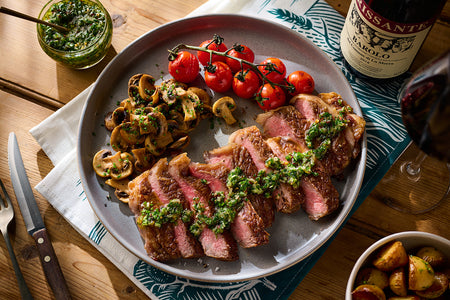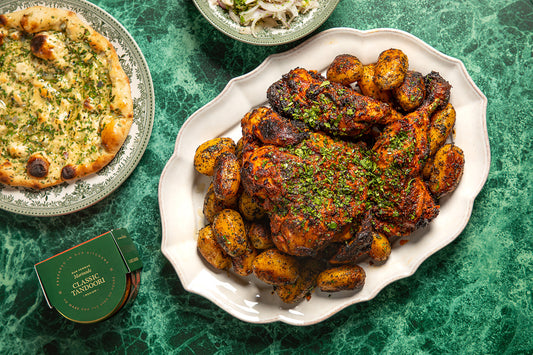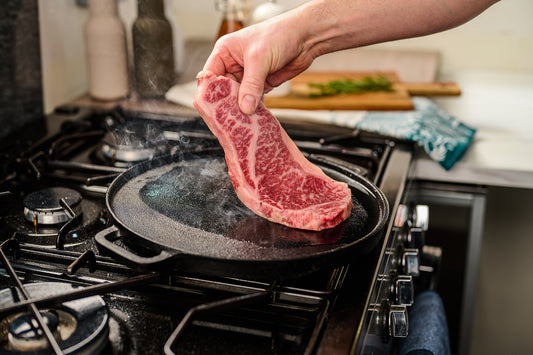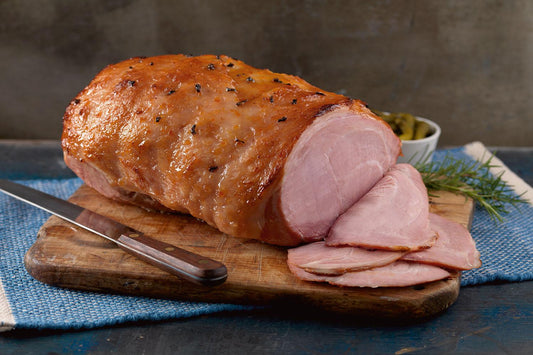Supporting British Farmers & Native Cattle Breeds
We don't just take our pork seriously, we are committed to carefully selecting the very best British beef to ensure it represents the premium quality our wonderful customers expect from DukesHill products. We work with farmers that apply the highest welfare standards, and ethical farming practices with impeccable husbandry.
All DukesHill beef is sourced from British farms, and we've chosen native breeds of cattle to represent the best quality and flavour for each cut.
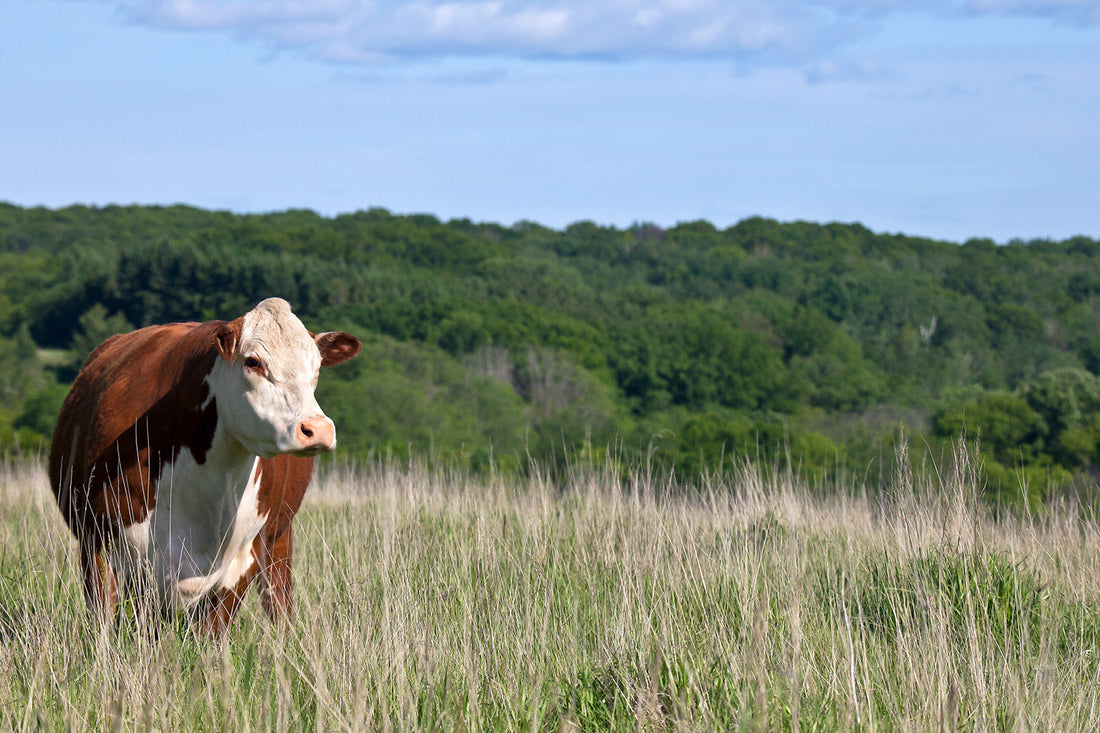

What are British native cattle breeds?
The British native cattle breeds programme is all about celebrating the traditional breeds of the United Kingdom which have been carefully honed down over generations. These breeds are often named after their destination of origin, but you'll find herds of cattle by their name across the world. The resurgence of interest in native breeds such as Hereford and Angus is a celebration of history, tradition and superior quality. Native cattle breeds take longer to mature and with good husbandry and feeding techniques, they develop a rich marbling of fat, resulting in succulent, tender and flavoursome beef with a great natural flavour.
Heritage and tradition
Choosing native breeds preserves the legacy that has been carefully cultivated over the years. Native breeds have evolved to adapt to the specific conditions of the regions of origin. Herefords and Angus, for instance, have shown remarkable adaptability to a variety of climates, making them suitable for different geographical locations.
Native breeds are valued for the superior quality of their meat. Our beef comes from farms where the cows graze on pasture consisting of a mix of grasses, clovers and perennials. So that our cows have a holistic diet containing all the nutrients they need, for 120 days they are supplemented with additional grains to support their health.
The genetics of Hereford and Angus cattle contribute to the well-marbled, tender, and flavoursome beef, which is a result of years of selective breeding for desirable traits. You can learn more about these popular UK native cattle breeds below:

Hereford
The Hereford breed, originating in Herefordshire, was officially established in the 18th century. Recognisable by their distinctive red and white coats, Herefords are known for their docile nature and ability to adapt to various cliamtes. Traditionally used to work the county's fields, farmers would then sell the cows after five or six years of toil. Since then Herefords have become extremely popular across the world and Hereford beef is renowned for its generous marbling which contributes to a buttery texture and a rich, beefy flavour.
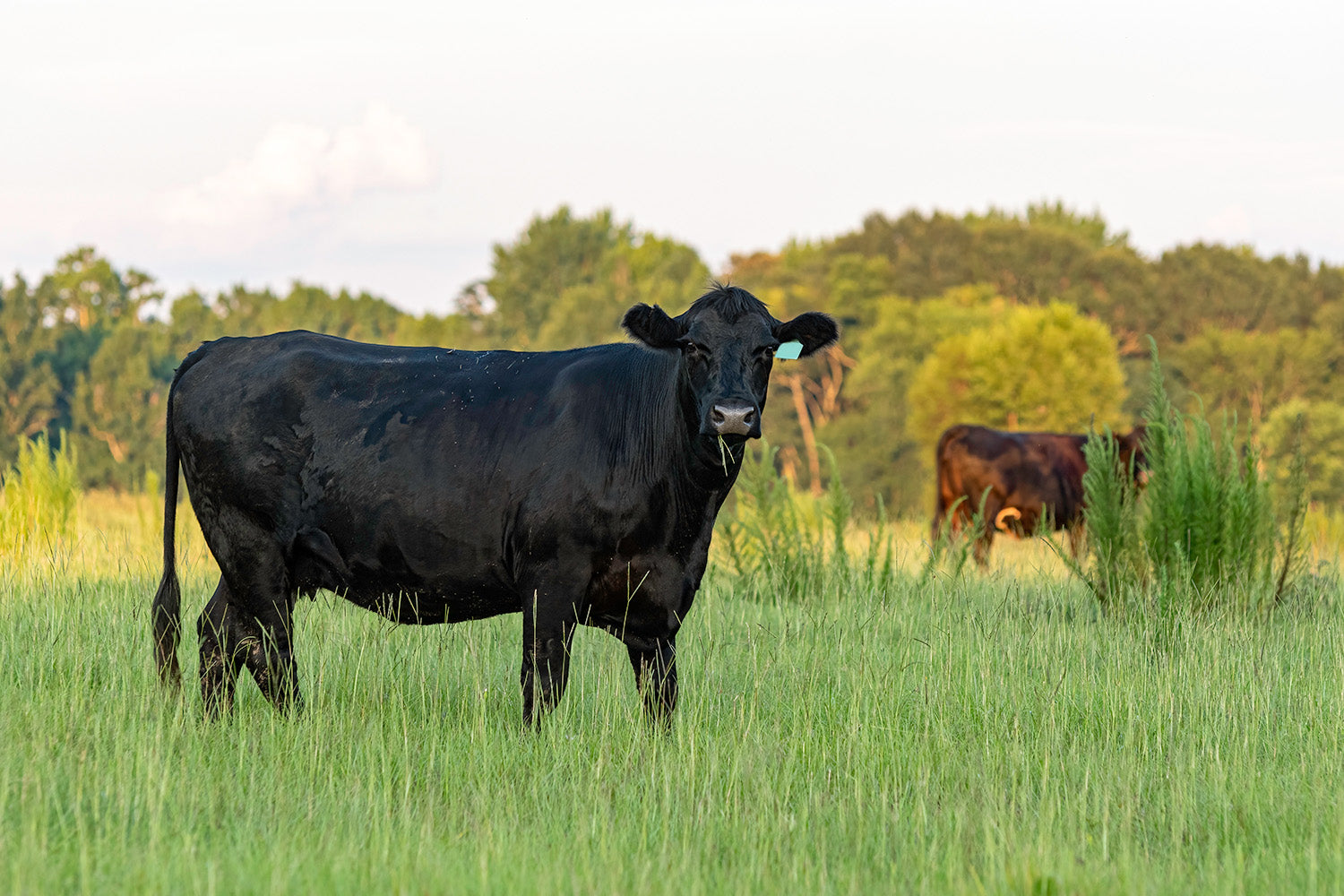
Aberdeen Angus
Angus cattle hail from Scotland and were first documented in the early 19th century. Renowned for their solid black colour and robust build, Angus cattle quickly became popular for their efficient conversion of grass into high-quality beef. Aberdeen Angus beef, while also well-marbled, tends to have a slightly different texure often described as smooth and velvety.
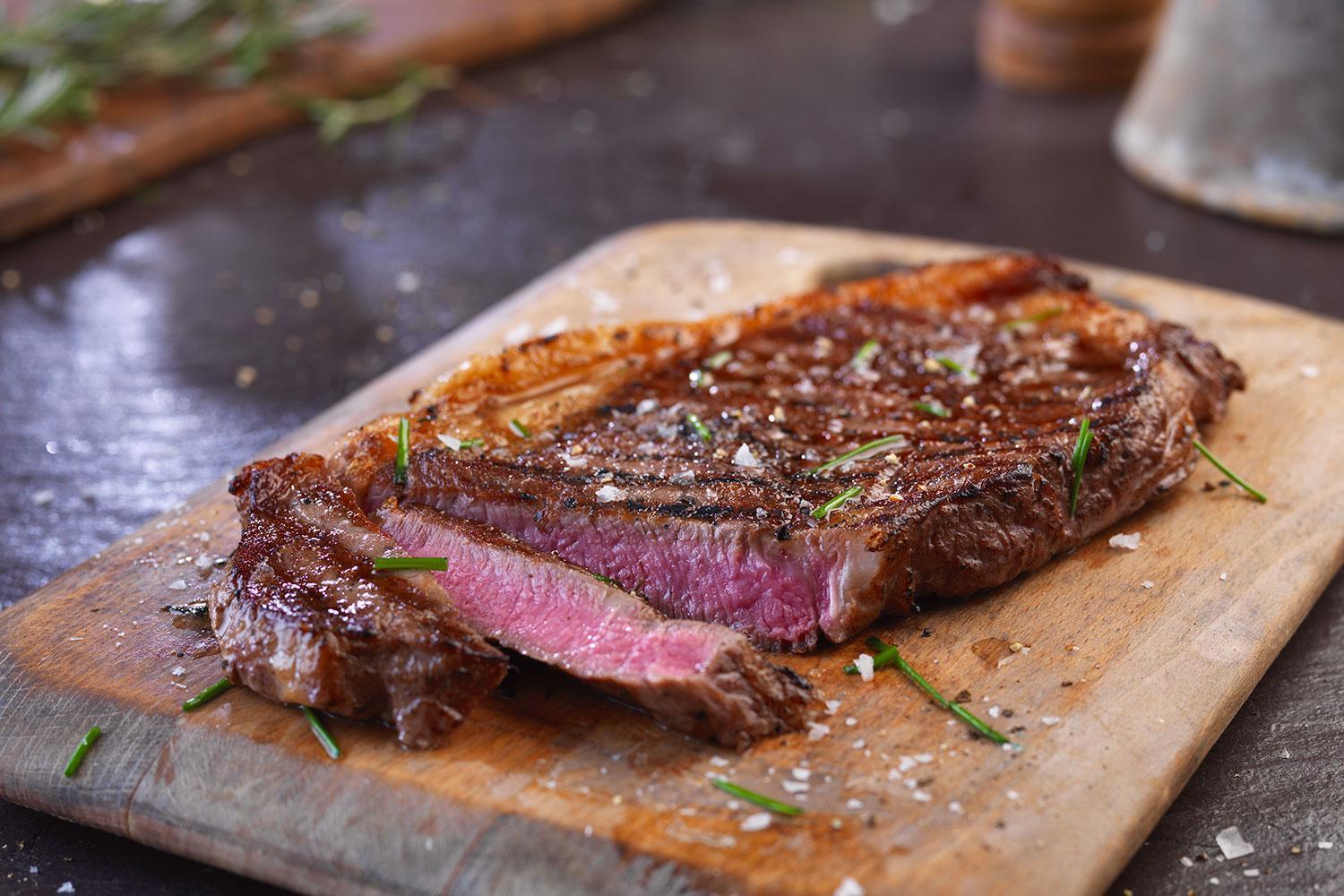
Nutrients in British beef
Beef provides a range of vitamins and minerals that support our overall health. It’s an excellent source of quality protein - essential for the growth and repair of our muscles. It’s the best food source for B12 and provides a good absorbable source of iron - surpassing any plant-based foods. Beef is high in zinc, the full range of B vitamins and selenium.
What to look for when selecting the best beef
-
Marbling & texture
Look for small white flecks of fat running evenly through the meat. Fat renders down while cooking to make the beef more juicy, tender, and full of flavour. The meat should be firm and possibly wet - but never slimy, soft or mushy.
-
Colour
The colour depends on the cut of beef and its ageing process. Darker-coloured beef has oxidised for longer - which might be what you’re looking for when choosing a well-hung dry-aged rib of beef.
-
Neat cuts
DukesHill’s talented team of butchers take every chop, cut and slice with exceptional precision and care. Every cut of beef that leaves us must be carved to perfection.
Choosing the right cut of beef for your dish
The cut of beef you choose makes all the difference to the success of your dish - each cut has different properties. Some cuts go soft and tender and generally improve the longer you cook it, while other cuts go dryer and firmer.
Cooking with British beef
-
Searing hot and fast
Look for leaner cuts with not much fat - ideally lovely marbling running through the meat. You may need to trim the fat a little if there’s not enough time for it to render down. No one likes flabby fat running through their meat. These cuts work well for stir-frying, searing, pan-frying, or roasting in a moderate to hot oven. Choose fillet, sirloin, and rib-eye.
-
Low 'n' slow
Opt for tougher cuts with higher connective tissue. You can braise them in liquid, gently roast them for hours, or slow cooker these cuts. The good news is the fat renders down and enhances the flavour, so these cuts taste absolutely delicious when cooked well. They’re generally a little cheaper, too. Cuts such as chuck, shank, skirt, shin, blade, and brisket are perfect when cooked slowly.
-
How to cook
Cook British native beef just as you would any breed of cattle. We love this fillet of beef ramen recipe to contrast the charred crust and tender fillet with a spicy beefy broth. The deep, complex, and savoury flavours are heaven for beef lovers!
